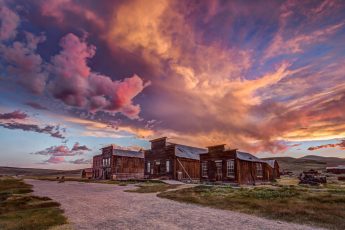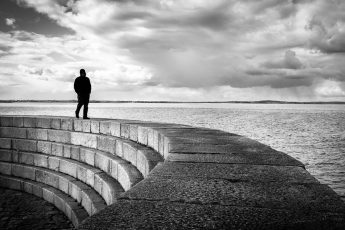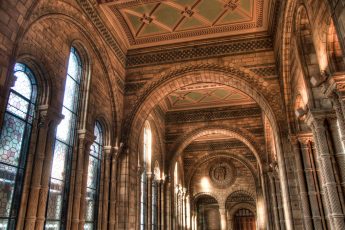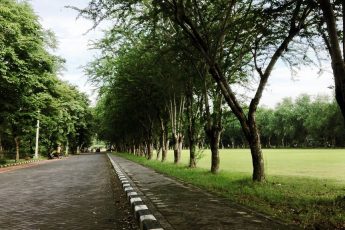Landscape photography is an incredibly popular and rewarding genre, offering endless opportunities to capture the beauty and drama of nature.
However, creating stunning landscape photographs requires patience, planning, and a keen understanding of composition and light. In this blog post, we’ll share essential tips and tricks that will help you elevate your landscape photography game and create breathtaking images.
Planning and Preparation for Landscape Photography
Scout Locations
Finding the perfect location is key to capturing stunning landscape photographs. Spend time researching and scouting potential locations, taking note of interesting features, viewpoints, and seasonal changes.
- Use online resources such as Google Maps and Instagram for inspiration
- Visit locations during different times of day to assess lighting conditions
- Observe weather patterns and plan your shoots accordingly
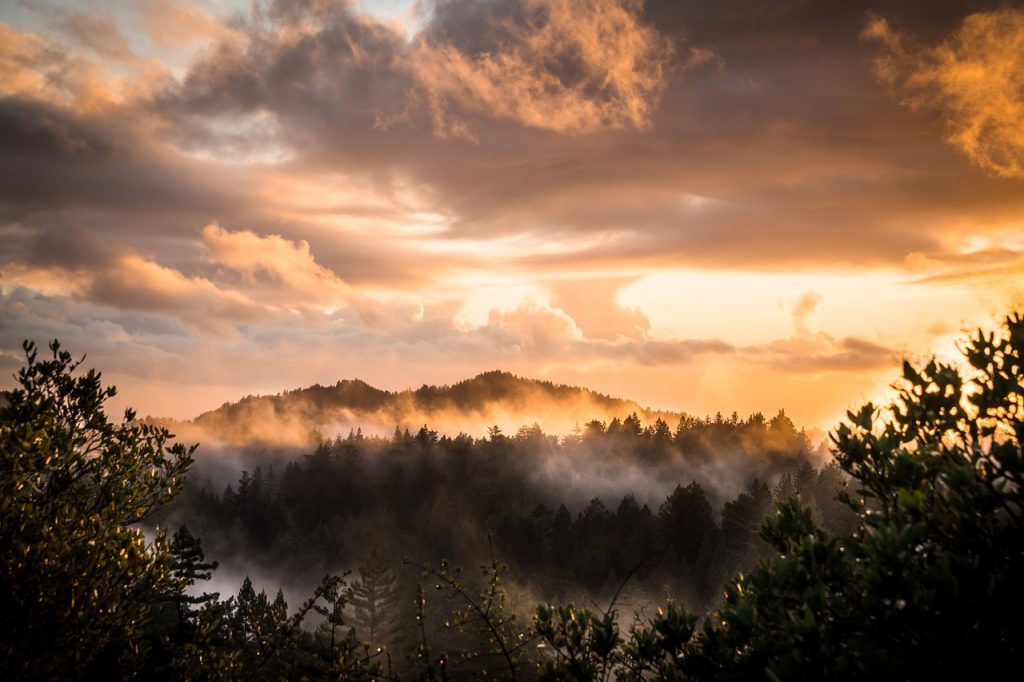
Choose the Right Time of Day
The quality of light plays a significant role in landscape photography. The golden hour (shortly after sunrise and before sunset) and the blue hour (just before sunrise and after sunset) provide soft, warm light that can add depth, color, and mood to your images.
- Golden hour: Warm, soft light; long, gentle shadows
- Blue hour: Cool, diffused light; cityscapes and seascapes
Check Weather Conditions
Weather can dramatically impact the mood and atmosphere of your landscape photographs. Keep an eye on weather forecasts and plan your shoots to coincide with interesting weather events, such as storms, fog, or dramatic cloud formations.
- Use weather apps like The Weather Channel or Dark Sky for accurate forecasts
- Be prepared for changing conditions and dress accordingly
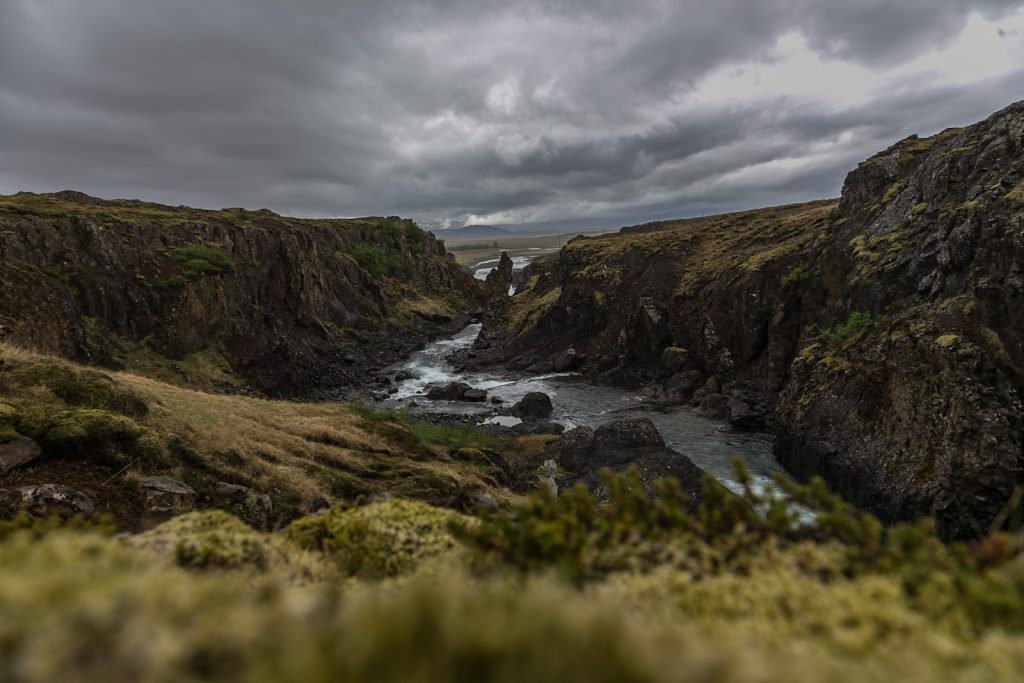
Composition Techniques in Landscape Photography
Rule of Thirds
The Rule of Thirds is a fundamental composition guideline that can help create visually balanced landscape images. Divide your frame into a 3×3 grid and position key elements along the grid lines or at the intersections.
- Creates balance and harmony in your images
- Helps guide the viewer’s eye through the scene
Leading Lines
Incorporate leading lines to guide the viewer’s eye through your image and create a sense of depth and perspective. Look for natural or man-made lines in the landscape, such as roads, fences, rivers, or ridgelines.
- Draws the viewer’s eye to focal points
- Adds depth and perspective to your images

Foreground Interest
Including interesting foreground elements can add depth, context, and a sense of scale to your landscape images. Look for rocks, plants, or other elements that can anchor your composition and guide the viewer’s eye into the scene.
- Provides a sense of depth and scale
- Enhances the overall visual impact of your image
Frame within a Frame
Use natural or man-made elements in your scene to create a frame around your main subject or view. This technique can help draw attention to the focal point and add depth and context.
- Architectural elements (windows, archways, bridges)
- Natural elements (tree branches, rock formations, cave entrances)
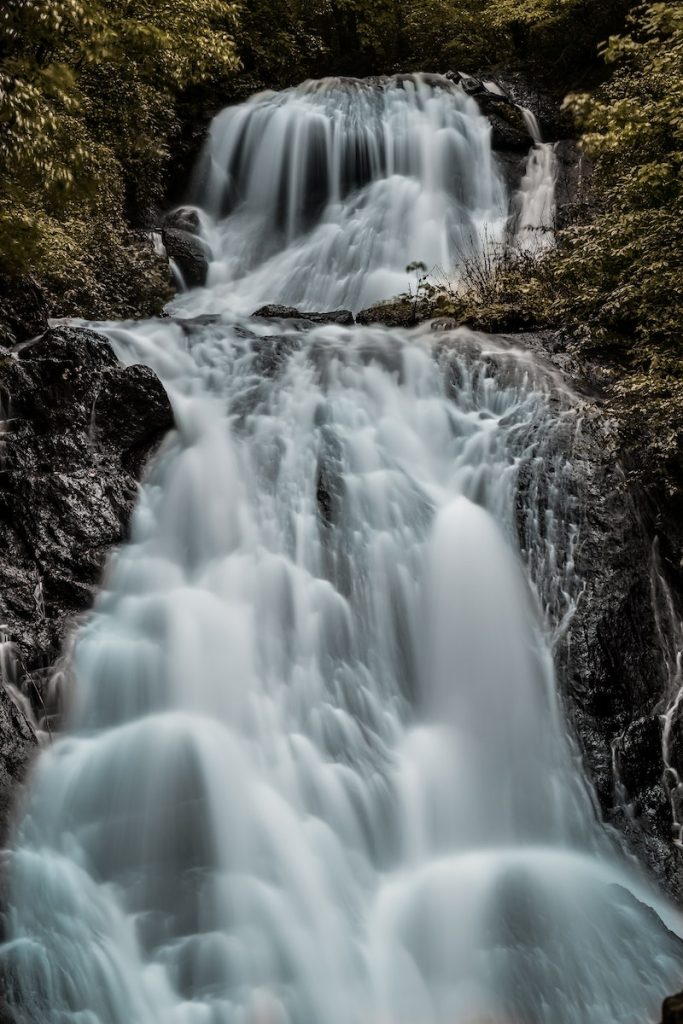
Essential Equipment for Landscape Photographs
| Equipment | Purpose |
|---|---|
| Tripod | Ensures stability and sharpness, allows for long exposures |
| Wide-angle lens | Captures expansive landscapes, emphasizes depth |
| Circular polarizing filter | Reduces glare, enhances colors, and improves contrast |
| Graduated neutral density filter | Balances exposure between bright skies and darker foregrounds |
| Remote shutter release | Prevents camera shake during long exposures |
Post-Processing Techniques
Post-processing can greatly enhance your landscape images, allowing you to fine-tune colors, contrast, and exposure.
Adjust the white balance to achieve the desired mood and atmosphere
Properly adjusting the white balance is essential for creating a visually pleasing and natural-looking image. Different light sources have varying color temperatures, which can impact the overall color cast of your image. Fine-tuning the white balance ensures that colors appear accurate and enhance your landscape photograph’s overall mood and atmosphere.
Post-Processing Tips
- Shoot in RAW format: This allows for greater flexibility and control when adjusting white balance during post-processing
- Use editing software: Programs like Adobe Lightroom and Capture One offer powerful tools for fine-tuning white balance
- Adjust color temperature: Experiment with different color temperatures to achieve the desired mood and atmosphere (e.g., warmer tones for a golden hour feel, cooler tones for a blue hour or winter scene)
- Use presets or custom white balance settings: Many editing programs offer presets or the ability to create custom white balance settings to help you achieve consistent results across multiple images
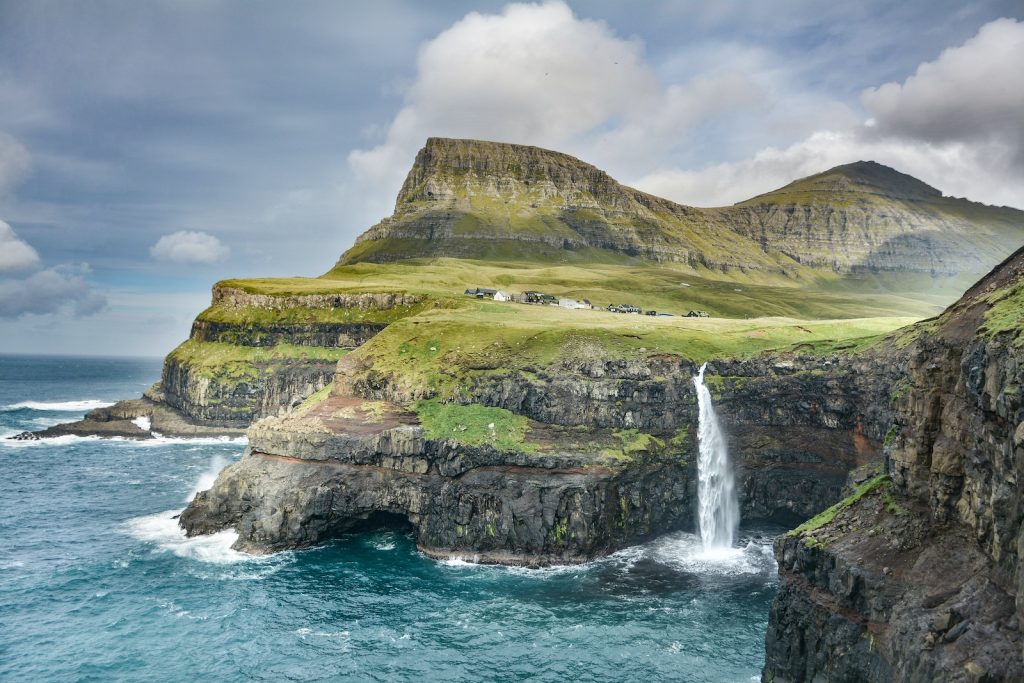
Conclusion
Creating stunning landscape photographs requires careful planning, a strong understanding of composition and light, and adapting to ever-changing weather conditions. By employing the tips and techniques outlined in this blog post, you can elevate your landscape photography skills and consistently capture breathtaking images that showcase the beauty and drama of the natural world.
Remember to invest time in scouting locations, choose the right time for optimal lighting, and experiment with different composition techniques. Additionally, having the right equipment and honing your post-processing skills will go a long way in helping you create stunning landscape photographs.

